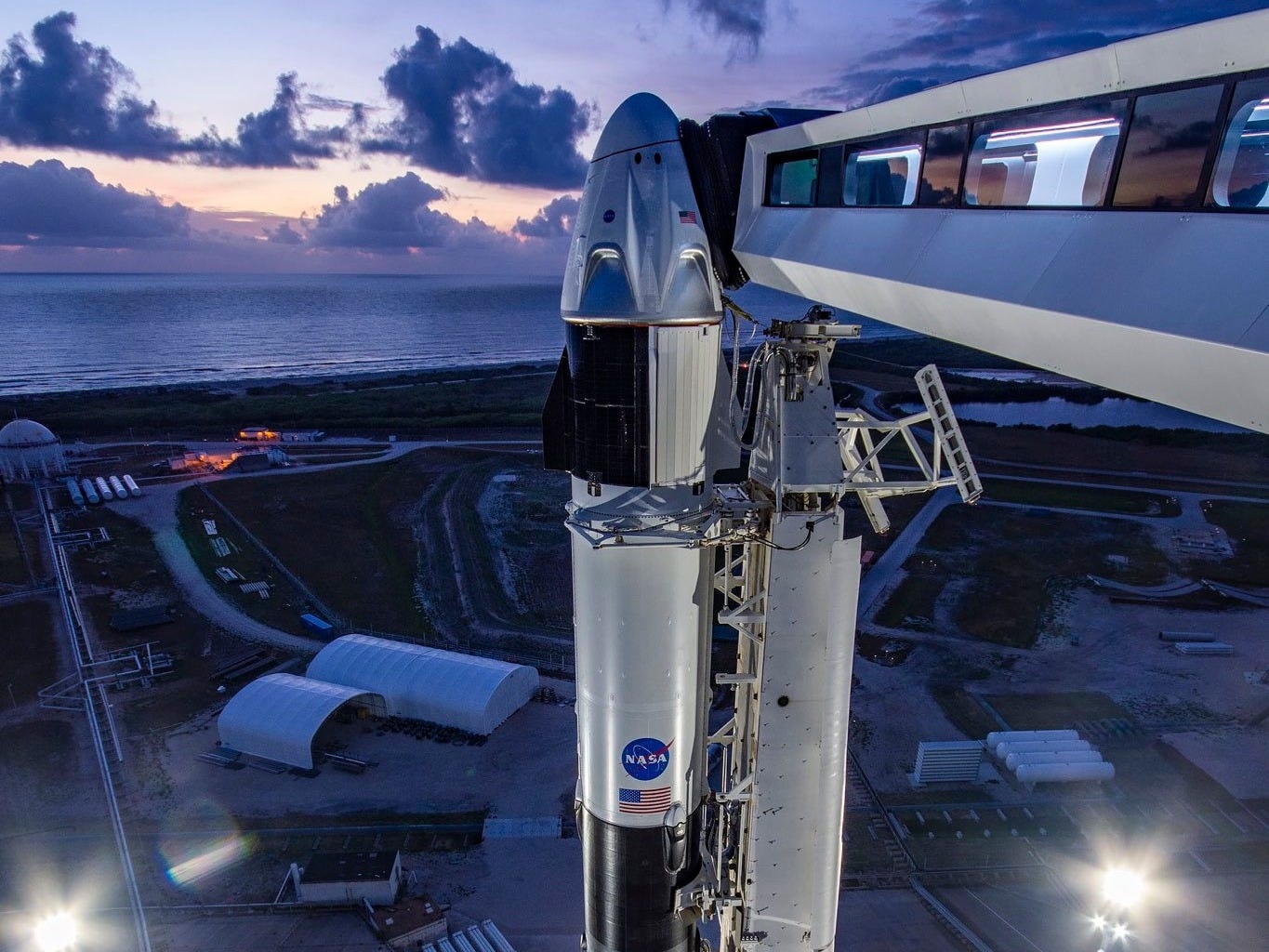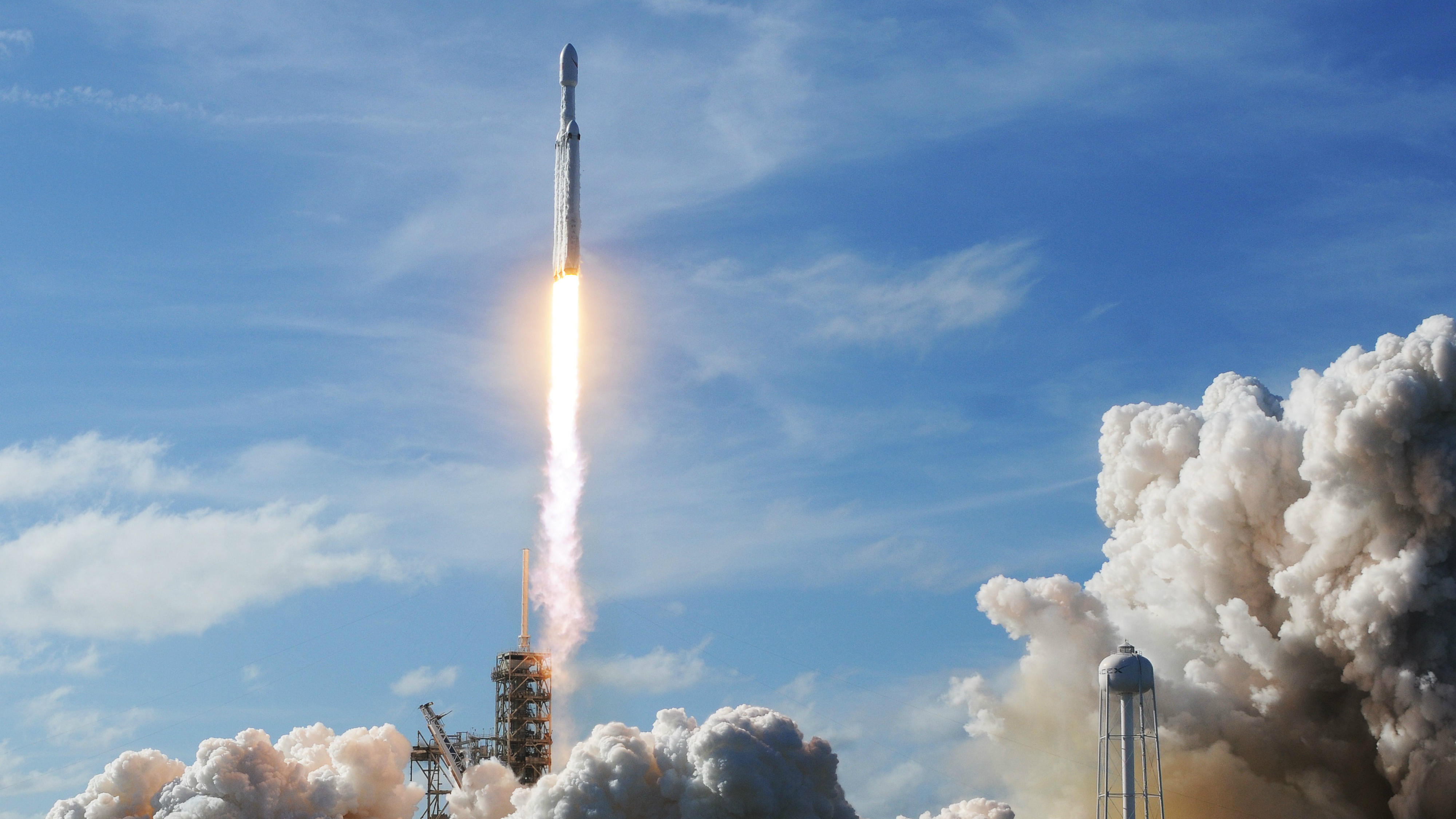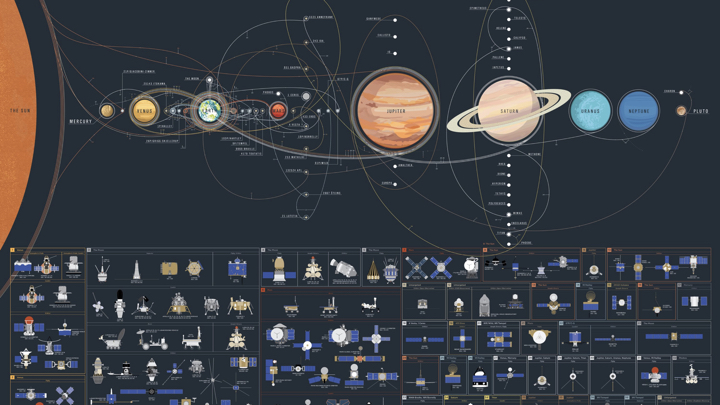Rockets
The Demo-2 mission represents a new era for American spaceflight.
SpaceX CEO Elon Musk is encouraging aerospace companies to up their game after successfully launching the most powerful rocket since NASA’s Saturn V.
A massive chart of humankind’s 113 spacecraft so far and where they’ve gone.


